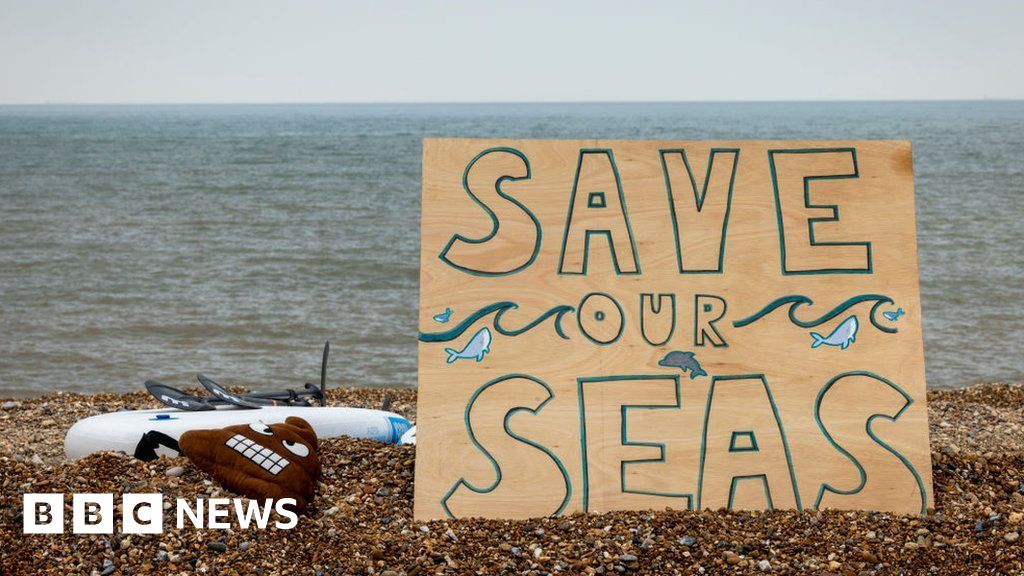Record Levels of Sewage Spills into England’s Waters: A Deep Dive
In 2024, it was reported that a staggering 3.6 million hours of raw sewage were discharged into England’s rivers and seas. While some discharge is permitted during heavy rainfall to prevent flooding, the amount being spilled is alarming to environmental groups. These groups warn of the threat this poses to wildlife and the potential health risks to swimmers.
Understanding the Scale of the Problem
The 3.6 million hours of sewage spills in 2024 marked a small increase from 2023. In contrast, the Environment Agency stated that the total number of spills had decreased, implying longer durations per spill. Data from the same agency revealed that in 2024, pollution incidents, including sewage spills and other contaminants, reached record levels. Of these, 75 incidents presented serious threats to aquatic and human health.
Regulation and Accountability
Proposed changes to the regulation and monitoring of sewage spills, as well as tougher penalties, have been outlined in a report by the Independent Water Commission. Despite industry body, Water UK, labelling these spills as “unacceptable”, they also assure that there is a plan to end water sewage flowing into all waterways, which will involve significant infrastructure upgrades.
The Reasons Behind Sewage Spills
The UK’s combined sewerage system, which carries rainwater and wastewater in the same pipes, is often overwhelmed during heavy rainfall. When capacity is exceeded, the system is designed to overflow and release excess wastewater into the sea and rivers to avoid flooding homes, roads, and open spaces.
What is a Dry Spill?
Industry regulator Ofwat has identified instances of water companies “routinely releasing sewage” outside times of heavy downpours, in violation of their permits. These “dry spills” are a result of companies failing to manage their wastewater treatment plants, leading to sewage overflowing into rivers and lakes before being treated.
Proposed Solutions and Challenges
The ageing infrastructure of the sewage system has been identified as a major contributor to the problem. Water companies in England and Wales have agreed to spend a total of £104bn over the next five years to upgrade the system and secure water supplies. Of this, £20bn would specifically go to tackling sewage spills. However, these efforts have drawn criticism from environmental campaigners due to the rising customers’ bills while water companies continue to pay out dividends to shareholders.
Health Risks of Swimming in Polluted Water
Swimming in polluted water presents various health risks, including exposure to harmful bacteria such as E.coli. For example, rowers in the 2024 Oxford and Cambridge Boat Race were advised not to swallow any splashed water due to the presence of E.coli.
Checking the Cleanliness of Your Local Waters
The Environment Agency measures the water quality at bathing sites across England weekly from May to September, and in some places, it issues daily pollution risk forecasts. Water UK has launched the National Storm Overflow Hub where almost real-time discharges can be seen across all of England’s overflow points. However, this does not contain data on the volume of sewage discharge or the presence of organisms carrying faecal-oral disease in the water.
Overall Water Quality in the UK
The quality of water across the UK varies with only 16% of assessed surface waters in England achieving “good” ecological status in May 2023, according to the Environment Agency. This includes 14% of rivers and lakes, 19% of estuaries, 45% of coastal waters, and 93% of designated bathing waters. In contrast, water quality is generally higher in other parts of the UK, with around two-thirds of surface waters in Scotland, 40% in Wales, and 31% in Northern Ireland classified as “good”.











